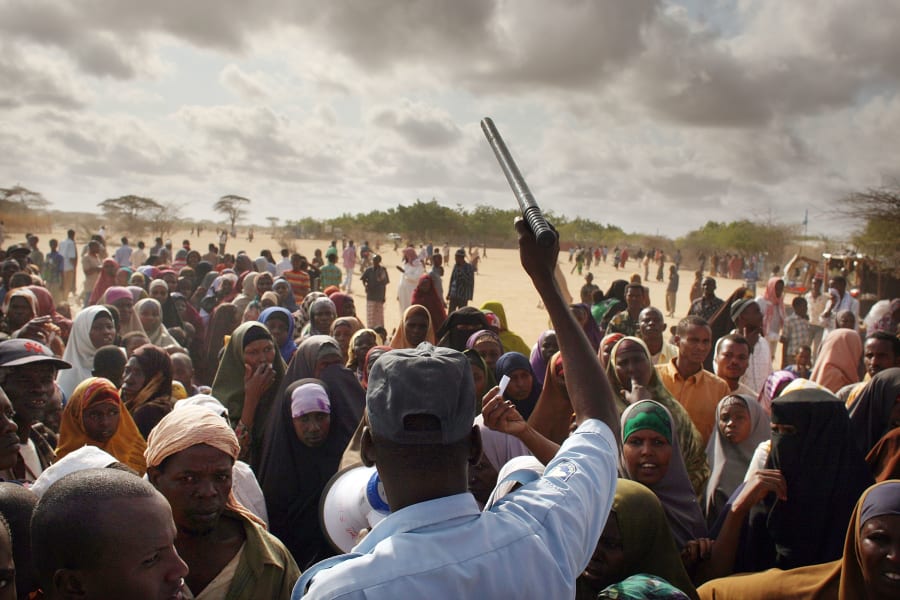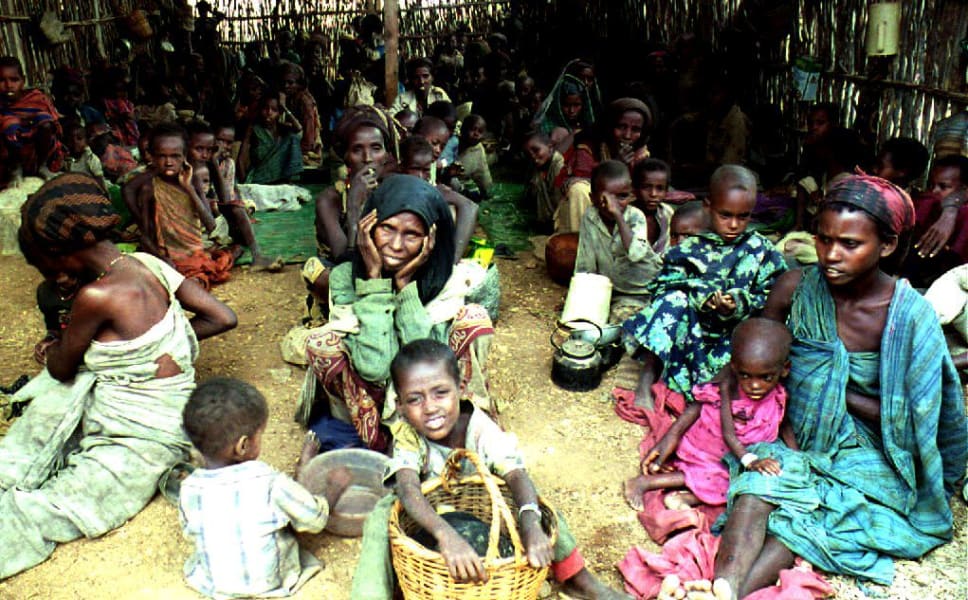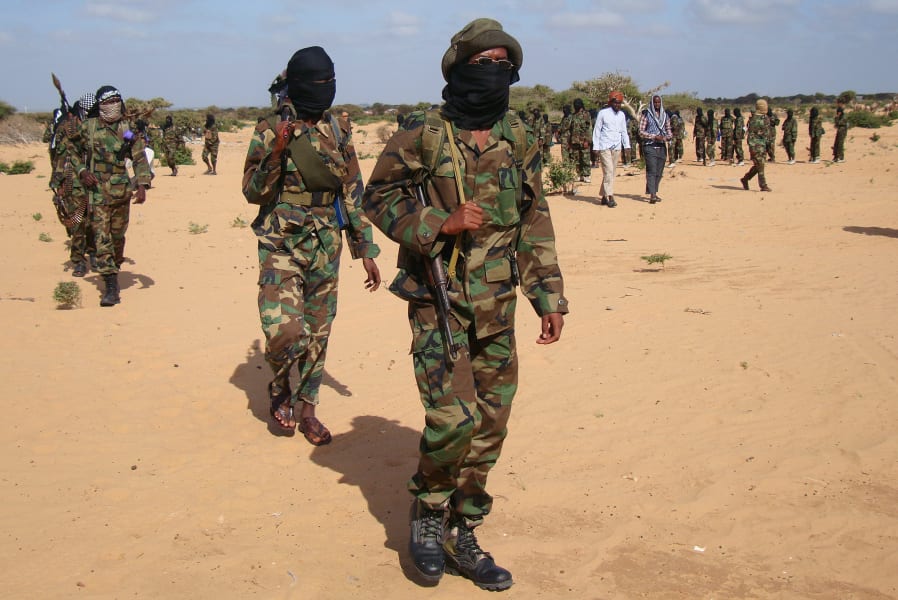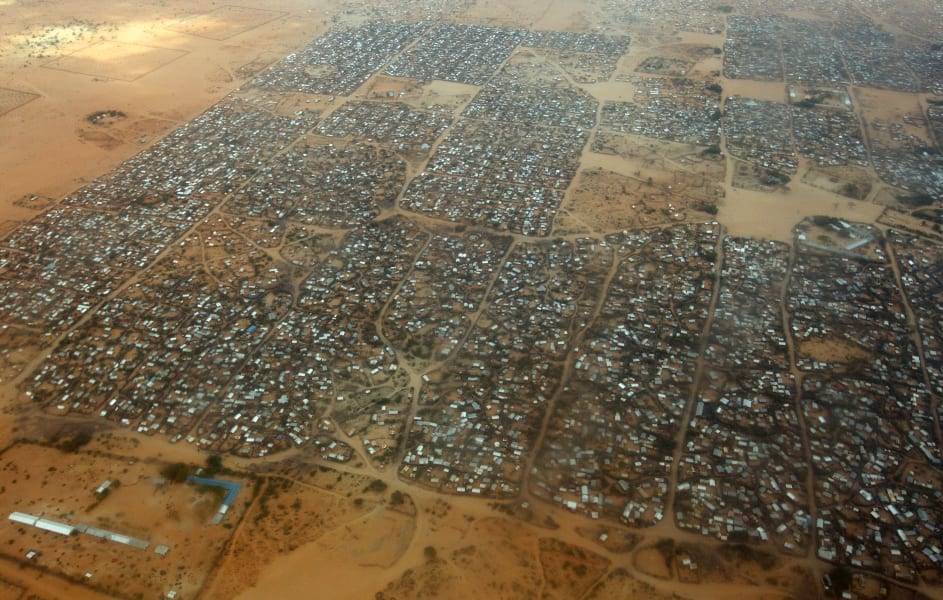Share
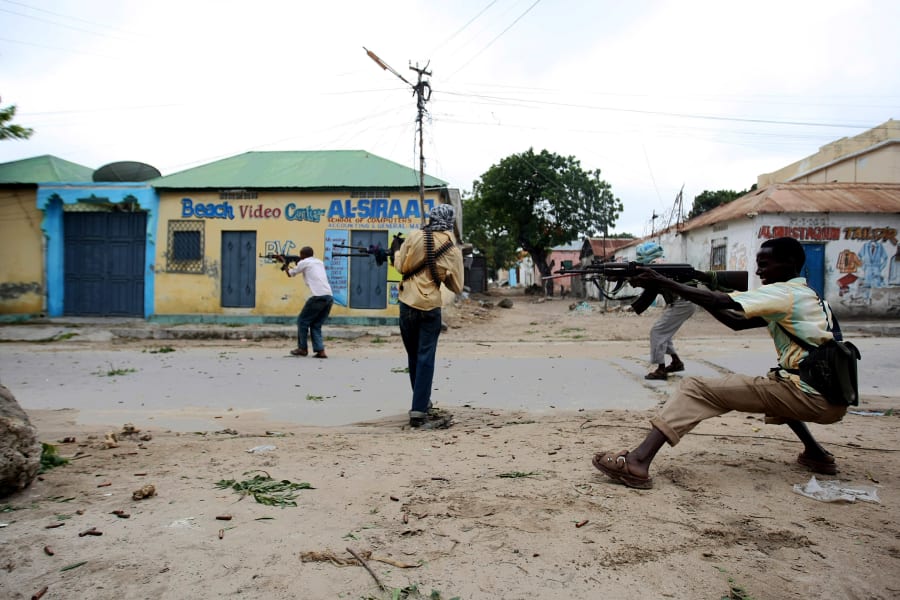

1 of 10
Hard-line Islamist fighters exchange gun fire with Somalian military forces in Mogadishu in the summer of 2009. Somalia has been without any functioning government since 1991 -- perfect territory for different militia and factions to fight over the bones of the old state. AFP/Getty Images
Heavily armed pirates have taken advantage of the nation's lawless coastal waters to become a major threat to international shipping in the area. In this photo, a gun-wielding pirate keeps vigil along the coastline at Hobyo town, north-eastern Somalia, 2009. AFP/Getty Images
The militant Islamist Somali rebel group Al-Shabaab emerged in about 2004. Its gunmen were involved in a series of assassinations of Somalis who had connections to the West. Children as young as 10 years old increasingly face horrific abuse in the region as the group forcibly recruits them to replenish its diminishing ranks of fighters. Shocking patterns have also emerged of children serving as human shields on the battlefields, according to Human Rights Watch. AFP/Getty Images
An Islamist fighter stands guard as hundreds of residents watch an amputation punishment carried out. Al-Shabaab's implementation of strict Sharia law has begun to alienate many in the way that al Qaeda did in Iraq. Women have been stoned to death for adultery; amputations and beheadings are common. In some areas Al-Shabaab has banned listening to the radio and non-Arabic signs; and it has assassinated several journalists. AFP/Getty Images
Al-Shabaab factions have carried out what appeared to many Somalis as senseless attacks. Here, a doctor treats a victim at Mulago hospital in Kampala late on July 11, 2010 after twin bomb blasts tore through crowds of football fans watching the World Cup final, killing 64 people, including an American, and wounding scores of others.
Amid the violence, the Somali people have endured bouts of natural disasters, including famine, drought and floods. In this picture, Farhiyo Hassan sits with her sick and malnourished two month-old twins at the Banadir hospital in Mogadishu, in August 2011. The U.S. government said 30,000 children had died in Somalia due to famine in the previous three months alone. Getty Images
An aerial view of the Dagahaley refugee camp which makes up part of neighboring Kenya's giant Dadaab refugee settlement. The camp, near the Kenyan border with Somalia, was designed in the early 1990s to accommodate 90,000 people but, since the civil war and the worst drought to affect the horn of Africa in six decades, the U.N. estimates over four times as many reside there. AFP/Getty Images
A security officer keeps order in Dadaab as hundreds of desperate people try to move to a less crowded refugee camp set up three days' drive away. AFP/Getty Images
For over 20 years Somalians have faced the horror of famine and war. In this image from 1992, women and children sit inside a feeding centre run by the International Committee for the Red Cross (ICRC) in Baidoha, Somalia, during a period of extreme famine and drought that claimed 300,000 lives, according to the U.N. Security Council. AFP/Getty Images
The one thing more persistent than famine, however, has been the ever-present conflict between warlords and sectarian militia groups. In this photo from 1997, Somali gunmen hold rocket launchers on the streets of Mogadishu after local warload Ali Mahdi Mohamed accused his rival Hussein Aidid of setting up roadblocks in the streets of the capital. AFP/Getty Images
